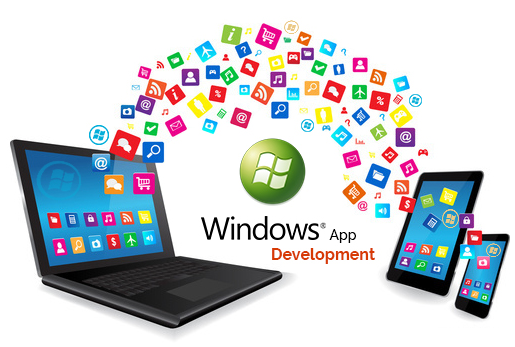Single System Software


- SINGLE POINT OF CONTROL
- REDUCED COSTS
- EASY UPGRADES
- MANAGEABLE SUPPORT
- BASIC TRAINING
- MINIMAL IT MAINTENANCE
Ensuring that all of your data is integrated onto a single system is essential for ease of use and standardisation of business processes. Whether your business is split across multiple locations globally or around the UK a single system will provide greater functionality, improved reporting facilities and access to real time data with which to make business decisions.
software system eliminates duplicate data entry. Customer, inventory, formulation, production history, and lot and batch control updates are processed once with real-time transac-tional posting. Compliance with the Sarbanes-Oxley Act, for instance, is simplified. You can maintain a verifiable audit trail for your financial reports and reduce bookkeeping time by eliminating data that does not match in multiple systems.
Windows ApplicationAffordable for Anyone
Customer relationship management (CRM) technology is becoming more prevalent in the workforce, particularly for sales teams. Generally, CRM is a model implemented to manage a company’s interactions with customers, clients, and sales prospects. CRM applications can help your sales team organize, automate, and synchronize business processes to help you find, attract and win new clients in addition to retaining those you already have. The relevance of CRM technology used in conjunction with sales may not be immediately recognizable to some, but there are several benefits to its use.


- Improving internal business processes
- Solves IT Multi-Platform Issues
- Increases and Improves Interaction
- Improving company performance
- Reducing IT expenses and labor costs
Having a single system allows all of the departments of the business to communicate more and maximize productivity. A single ERP system increases visibility into your supply chain, which allows you see any current pitfalls of your system to reduce your costs and increase profitability.
Since you are on one system you will no longer have to manage different support issues from complete different systems. Having it all on one system increases the user’s chance of fixing their own problem and only one vendor to go to. Learning and fixing system is much better for the company.
If you are using several systems that also means you have to maintain several systems. The IT for the upkeep can become expensive. With a single system you increase visibility and improve productivity.

